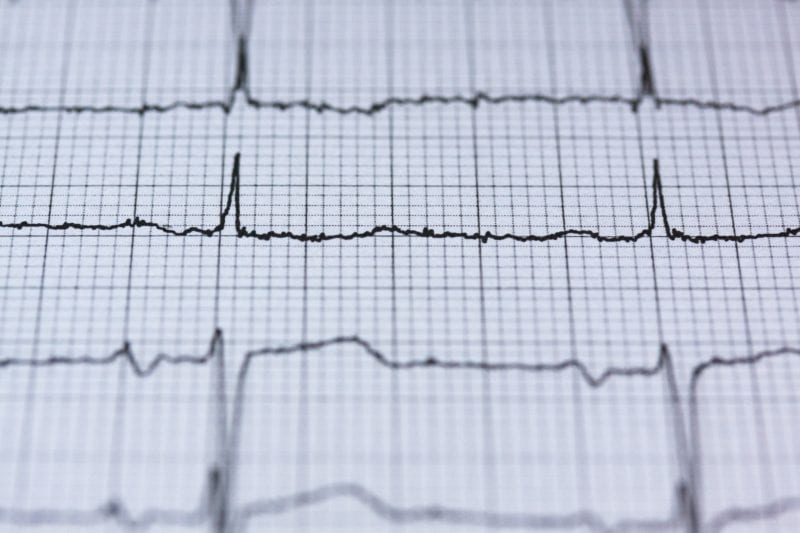Cardiologist – a physician specializing in the diagnosis and treatment of diseases of the circulatory system, especially, the heart. However, after diagnosis, he/she may refer to a cardiovascular surgeon. A cardiologist does not do surgery.
Hematologist – a physician specializing in diseases of the blood.

Electrocardiogram (ECG/EKG) – a printout recording of the electrical activity of the heart. A frequently used instrument in the hands of a cardiologist.
Echocardiography – using ultra high frequency sound waves (beyond human hearing), similar to “sonar,” to form an image of the inside of the heart. This procedure can demonstrate valve damage, congenital (before birth) defects and other abnormalities.
Cardiac catheterization – a long hollow tube, a catheter, can be threaded into an artery up into the heart. Then material opaque to X-rays can be released into the blood flow through the heart imaging the details of coronary arteries. Typically used to identify a blockage and location in the coronary circulation.
Phlebotomist/venipuncturist – the specially trained nurse or technician draws blood for lab tests and may also start IV’s (intravenous fluids). The Greek and Latin versions of “cutting into a vein.”